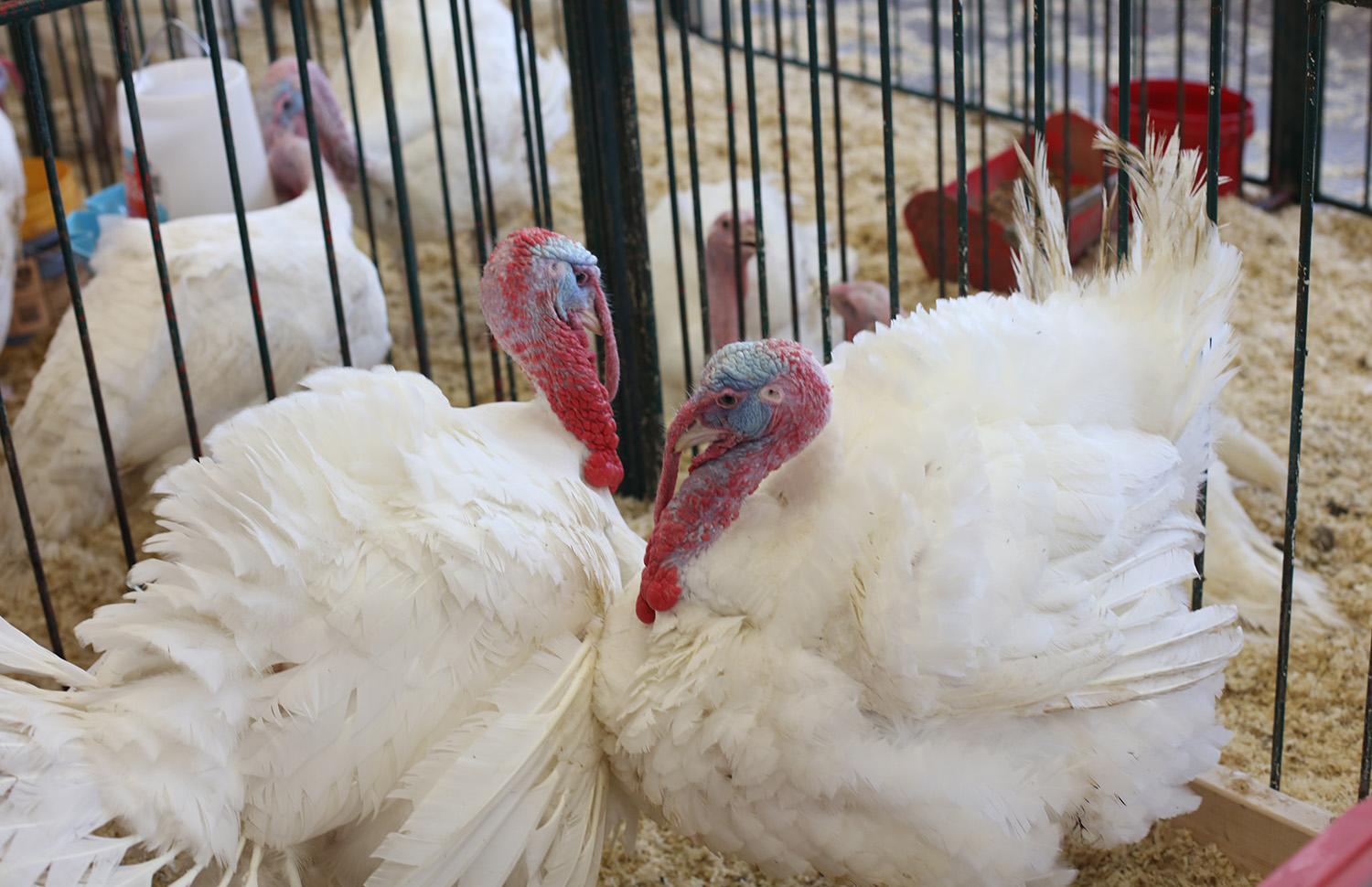‘From Plantations to Prisons’
Published 11:45 pm Saturday, March 10, 2012
- Joined by her sister and cousin, South Point author April Fletcher has told her family story in the book “From Plantations to Prisons.” The non-fiction novel tells their stories and struggles, dealing with racism and the experiences within one family bound by heritage.
“They were naked in chains standing along the wall of the receiving area and I felt as if I had slid back in time, repeating a part of history that should never be repeated. I was uncomfortable. I did not like being a witness to the stark reality of failure.”
These words of South Point resident April Fletcher are the beginning of a book that is part history, part tragedy, and all non-fiction.
Trending
It is called “From Plantations to Prisons.” Fletcher wrote the book with her sister, Melony Fletcher Howard, and their cousin, Gerry Bass Cain. All of the women grew up in southern Ohio during the Civil Rights movement and watched as African Americans in the 1960s fought for their freedom and were sometimes killed for doing it.
As children, they were told stories of their family and how their ancestors escaped a life of slavery in the South when they were freed by a slave master and urged to flee to Ohio. But as adults, Fletcher and Cain witnessed firsthand an entirely new kind of bondage when, as employees at the Southern Ohio Correctional Facility in Lucasville, they saw scores of young African American men incarcerated. The book is meant to share their family’s story in hopes of making younger people understand how many are making regressive, not progressive, decisions about life.
“They’re allowing themselves to be enslaved,” Fletcher said. “They’re handing back the freedom so many fought and died for.”
The book also includes stories of growing up in southern Ohio, the Fletchers in Ironton and Cain in Gallia County, and their experiences with discrimination and prejudice, but also love and support, through the years.
Fletcher described the book as hard work and painful to do, but a story that needed to be told.
Beginnings
Cain, Fletcher and Howard like to call themselves Civil Rights babies. They grew up in the 1960s when Dr. Martin Luther King Jr., and others with him were leading the call for equality.
The women’s own families were strong in their identity and the adults often recounted stories about their family to the children. They wanted this younger generation to know who they were and where they came from with the understanding that, if they knew where they had been as a family, they would have a clearer understanding of where they were going as individuals.
The years passed and the women became adults. Cain became a social worker at Lucasville, and Fletcher became a psychiatric nurse there. They each saw firsthand the damage done when young African-Americans handed over their freedom to another form of slavery: the prison system.
The idea for the book came 10 or so years ago, Cain said. But then none of the three had the time to write a book.
That didn’t start until Howard got her law degree and Cain retired. It was then they began putting thoughts, observations and personal truths into words.
Some of the words were sweet and sentimental for the women, such as those that tell the story of how their branch of the Hockaday family came to be. Other words were painful but honest: There are too many young African Americans giving up the freedom bought with the toil and tears of their forebears.
Family history
The family’s roots are in Halifax County, N.C., where a white man named John Hockaday lived. This wealthy man who owned both a vast amount of land and slaves never married. But he had children with one slave. Those children were the forebears of Fletcher, Howard and Cain.
Shortly before he died, Hockaday urged his three daughters, and their husbands and their six children, to leave North Carolina and the only life they had ever known and make a perilous but necessary journey to freedom.
Cain points out that he sent them to Ohio and not through the traditional route to freedom from North Carolina, which was through New York.
“Twelve people came in one wagon with one horse,” Fletcher said. “They crossed at Point Pleasant (W.Va.). Ohio was the promised land.”
This is immortalized in a poem in the book.
To this day, no one knows where John Hockaday is buried but they do know he was not buried in the white family plot. Some believe he was buried beside the woman who shared his life and bore his children — in the slave plot.
“We’re still searching to find the grave,” Cain said.
Fletcher said the story of John Hockaday is a love story; one the family treasures to this day.
A concerning trend
It is dilemma: How to keep young people out of prison.
The book cites figures that while Ohio’s African American population is less than 20 percent, the black population inside some prisons is as high as 55 percent. Fletcher said she thought one of the reasons for the high incarceration rate is the laws are sometimes stacked against African Americans.
Cain said she wanted to stress the importance of families and how the family plays a role in shaping a young person and keeping that person out of prison.
Cain said there are many reasons why the incarceration rate among African Americans is high: Families are not as strong as they used to be; there are economic reasons, too.
Plus, sometimes women find themselves in prison because they became involved with a man who was immersed in a criminal lifestyle, Cain said.
Another reason so many young people are behind bars seems senseless, Cain said, and perhaps, upon reflection, senseless as well to those who walked through the door of the penal system and discovered what was on the other side.
“So many young people today think prison life is glamorous. It’s not,” Cain said. “There is nothing glamorous about being in prison.”
How to find the book
The book is available on amazon.com.






